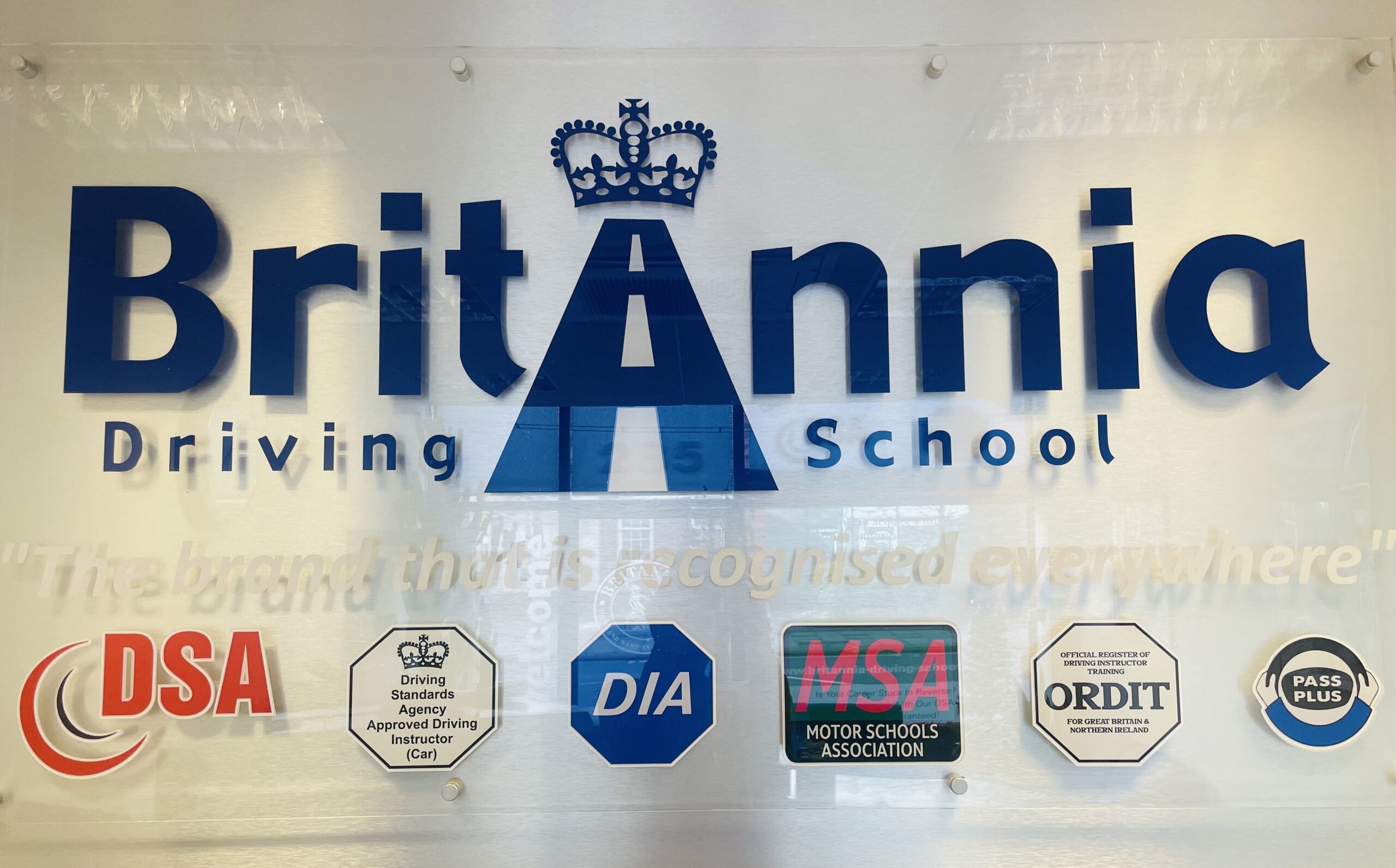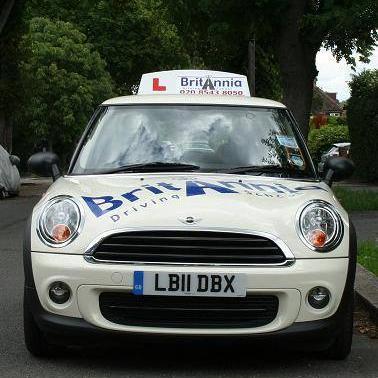How to Prepare for Your Driving Theory Test: The Ultimate Guide
Passing your theory test is the first big milestone on the road to becoming a licensed driver. Whether you’re taking it for the first time or retaking it, smart preparation can make all the difference.
Here’s everything you need to know to get ready—and pass with confidence.
Key Tip:
If you’re completely new to driving, taking a few lessons alongside your theory prep can:
Help you visualize what you’re studying
Make the hazard perception part easier
Increase your chances of passing the first time
0–5 Lessons Before Your Theory Test
You might benefit from:
1–2 lessons for confidence and context
Up to 5 if you’re a total beginner with no road experience
This helps the theory feel more real and memorable—especially hazard perception.
✅ 1. Understand What’s on the Test
Most theory tests include two parts:
Multiple-choice questions – About road rules, signs, safety, and driving behavior.
Hazard perception test – A video-based test where you spot developing hazards.
2. Study Official Material
Use official or recommended resources:
UK: Use the DVSA Theory Test Kit app or book.
Resources typically include:
Road signs
Highway code
Driving laws
Vehicle handling and safety
TIP: Always make sure your materials are up to date for the current year’s test version.
3. Use Apps and Online Tools
Practice using apps and websites like:
- Mock Test Questions
- Theory Test Information
Theory Test 4-in-1 (UK)
DVSA Theory App
Hazard perception simulators
These tools often mimic real test conditions and provide instant feedback.
4. Take Mock Tests
Take practice theory tests regularly to:
Identify weak areas
Get used to time limits
Build confidence
5. Revise Road Signs
Make sure you can identify:
Warning signs (triangular)
Regulatory signs (circular)
Information signs (rectangular)
Use flashcards or apps to drill them.
6. Know the Common Mistakes
Avoid these pitfalls:
Rushing through practice questions
Ignoring hazard perception until the last minute
Memorizing without understanding
Not reviewing wrong answers
7. Ask for Help
If you’re struggling:
Ask your driving instructor for guidance
️ 8. Plan Your Time
Start preparing at least 2–4 weeks in advance. A good routine might be:
30 minutes of study or practice per day
A full mock test once or twice a week
9. Review and Repeat
Don’t just study once. Revisit:
Questions you got wrong
Concepts you find hard
Hazard videos you didn’t score well on
10. Test Day Checklist
Before the test:
✅ Bring valid photo ID and booking confirmation
✅ Arrive early
✅ Eat something light (stay focused!)
✅ Stay calm and confident
- ✅ Any glasses or contact lenses you need for reading or screen use
. Arrival Time
Arrive at least 15 minutes early
Report to the reception desk at the test centre
You’ll be asked to:
Confirm your details
Store your belongings in a locker (phones, bags, jackets, notes)
✨ Bonus Tips to Stay Motivated
- ✅ Check out our website’s Theory Test mock questions
✅ Set small goals (e.g., “Complete 50 questions a day”)
✅ Reward yourself after each study session
✅ Join a theory test Facebook group or Reddit forum
✅ Practice with a friend—quiz each other
You can book a Theory Test here : https://www.gov.uk/book-theory-test
 Buy Gifts Vouchers Here
Buy Gifts Vouchers Here Intensive Driving Courses
Intensive Driving Courses Driving Test Booking Services
Driving Test Booking Services









